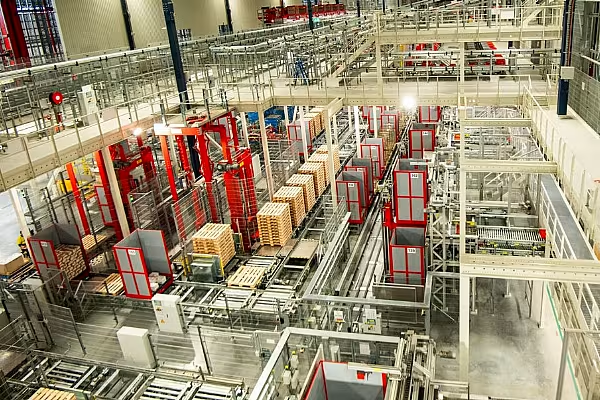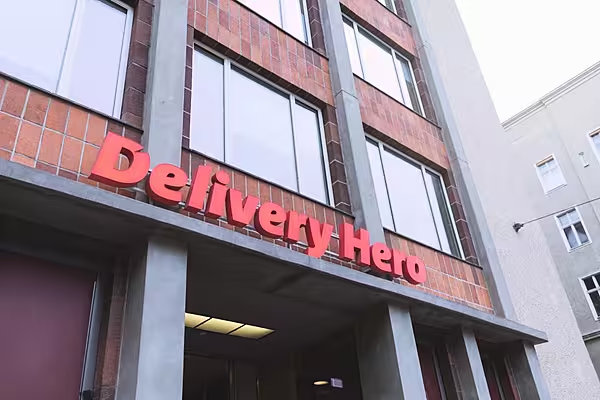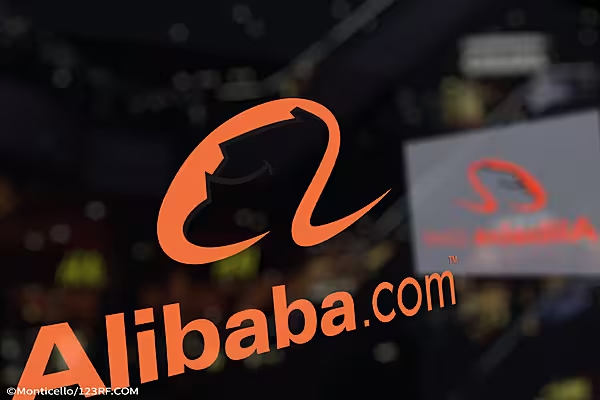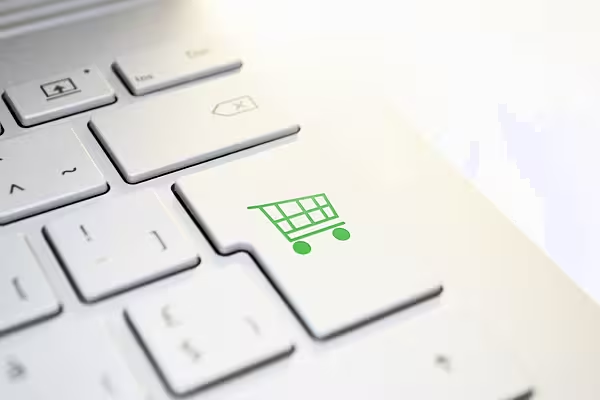Imagine a scenario. After work, you go to the store, get a full basket of goods and want to pay for your purchases fast and just get home.
But at the checkout, the customer steps into controversy, since the price to be paid for the goods does not match that on the shelf. Also, there is a situation where the price tag still shows a promotional price, but the promotion itself is over. Then the customer is even more indignant!
The cashier and the customer begin to sort it out. They call the store manager for help, time is dragging on, and people in the queue are nervous. The customer is in a bad mood and the loyalty to the store and brand is lost.
Such circumstances occur frequently. It happens that if the customer cannot understand the price tags on the shelf, he or she decides not to buy a product at all, or buy a competitor’s product.
Auditing of price tags is essential, in order not to mislead customers and avoid conflict situations. After all, they affect the attitude of consumers towards the brand and the retailer.
Together with Mikhail Savitsky, Tech Team Lead at IBA Group, we'll figure out why FMCG and CPG companies should audit price tags, and how this process can be improved.
What Are The Benefits Of Price Tag Auditing For A FMCG Company And A Retailer
Merchandisers generally audit their outlets. Each employee has a checklist to be followed during this audit. Often, one of the items is to check price tags on the shelves. The merchandiser will make sure that all products on the shelf have price tags and that the information on the price tags is correct and readable.
There are two main reasons for this:
1. Find out the business strategy of competitors
In addition to their own price tags, merchandisers can also monitor competitors' prices. Companies know their conditions of cooperation with the retailer (discounts, purchase price, maximum retail price, etc.). Based on this data and consumer prices, it is possible to roughly calculate the purchase prices of competitors and their contractual terms. This is necessary in order to later negotiate with the retailer and hold out for better terms.
2. Not to harm relations with customers
Such things as the lack of a product price, the incorrect placing of the price tag, or messed price tags cause negative emotions and irritate buyers. Customers do not want to figure out near the shelf how much this or that product costs. But it's even worse when customers find out about the real price of the goods already at the checkout.
All of these things result in a negative buyer experience in relation to the retailer, which can extend to a particular brand. In such cases, people may choose a competitor's product over yours. To avoid this, you need to make sure that the price tag is placed under the right product and is accurate.
How To Audit Price Tags Faster And Easier
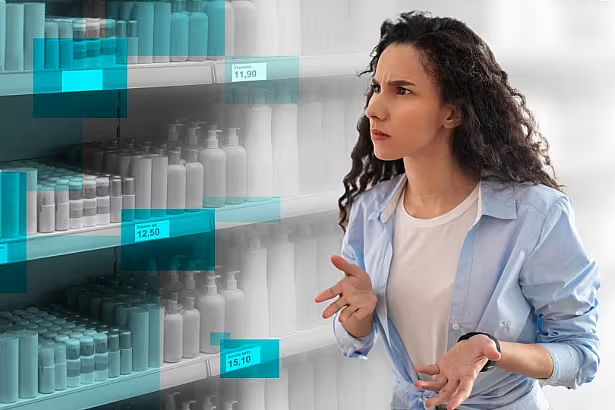
Merchandisers most often check price tags manually by entering the value into the app or by checking against their records. But the merchandiser can mistype, or prices can change during the day. Then, the records in the hands of the employee are no longer relevant. As a result, the company's marketers or buyers see non-current prices.
To avoid this, some companies have started using special applications that automate the process.
One such application is Goods Checker. Goods Checker is an app designed for automating merchandising: checking layout against a planogram, auditing price tags, and getting analytics.
The process is as follows. The merchandiser takes a photo of the shelf in the store; the application recognises the product and the numbers on the price tag. Goods Checker compares the value on the price tag with that in the database, and determines whether the price tag is correct or not.
If there is one price tag for a group of identical products, for example, juices, the application will attribute this price tag to all identical juices.
Automation of the price tag audit helps to reduce the time for checking price tags, as well as reduce errors and the number of conflict situations with buyers. In addition, FMCG companies receive price analytics, both their own and those of competitors. All data is accumulated on the server, so analytics is available with trends for different periods.
On the basis of analytical reports, companies can build marketing strategies, monitor competitors, handle the incentive system, keep informed as to how customers react to price changes, etc.
It is quite important that the analytics contain up-to-date, accurate and complete data that will not mislead marketers and managers.

2023 Is The Time Of Automation
Today, speed and accuracy are essential criteria for success. The market is changing rapidly: a tough economic environment, market uncertainty and increased competition from online stores – all these factors must be taken into account when making decisions. The faster you make decisions, the more likely you are to overtake your competitors.
But to make decisions, you need data – accurate, reliable, complete information. Nothing will work without it.
Price plays a major role when choosing a product. Therefore, it is important for retailers and FMCG manufacturers to monitor the correctness of price tags. Automation of the price tag audit allows retailer’s to check price tags better by reducing the human factor to a minimum and speeding up the process several-fold.
In addition, automation accumulates data that can be used for analytics. Here, we are talking not only about the recognition of price tags, but also checking planograms, etc.
Automation is needed at almost every stage of the company's operations. Only then can you get end-to-end analytics, which will help to answer the question “why did this happen?”
© 2023 European Supermarket Magazine – your source for the latest technology news. Sponsored content. Click subscribe to sign up to ESM: European Supermarket Magazine.


